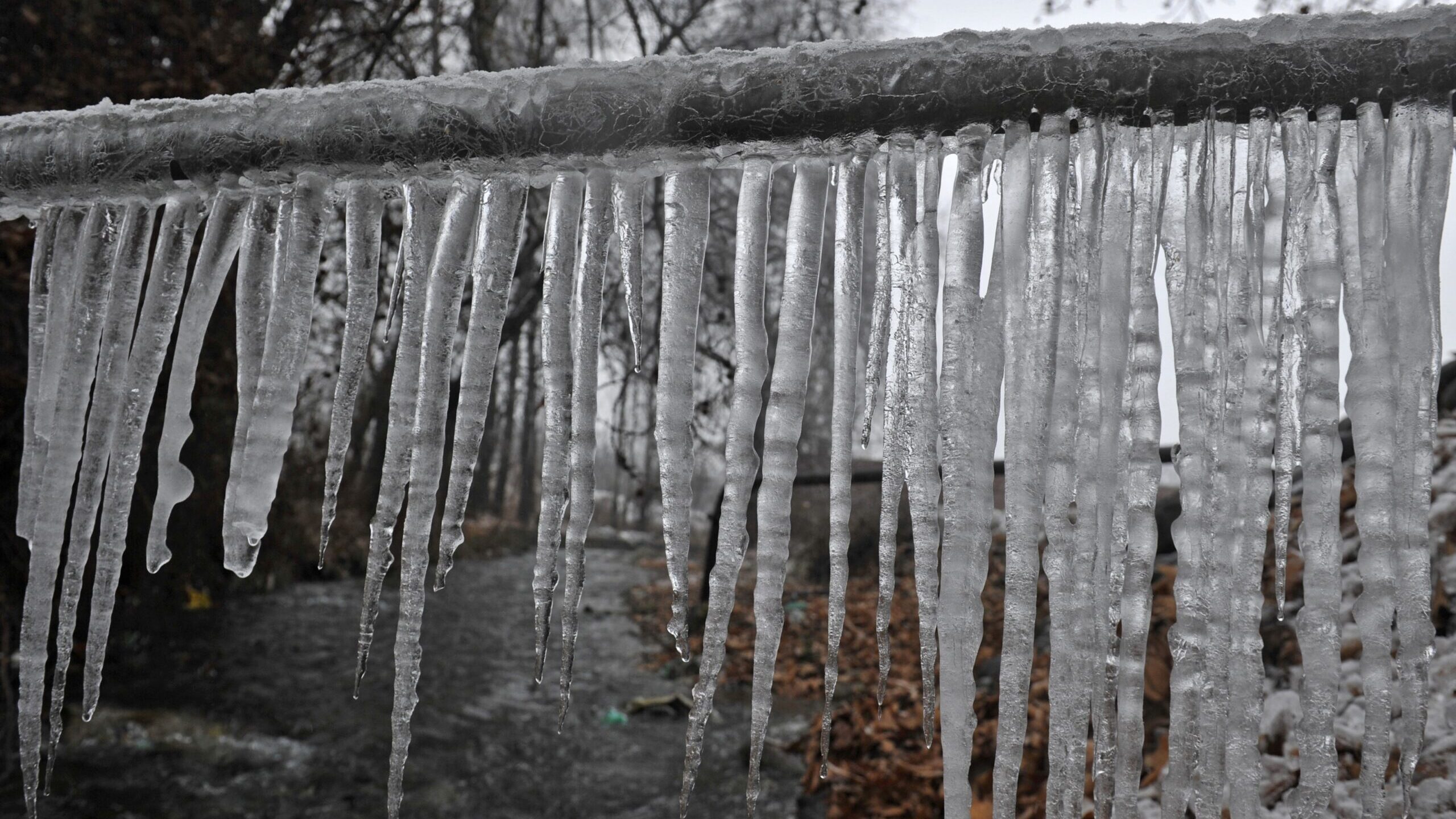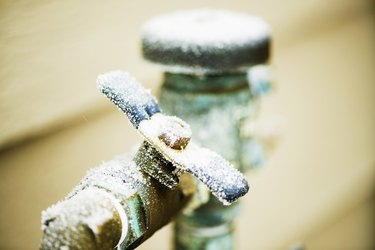Avoid Frozen Pipes in Winter: Expert Advice
Avoid Frozen Pipes in Winter: Expert Advice
Blog Article
Are you currently interested in guidance on How to prepare your home plumbing for winter weather?

Winter can wreak havoc on your plumbing, specifically by freezing pipes. Right here's just how to avoid it from taking place and what to do if it does.
Introduction
As temperature levels decrease, the risk of frozen pipes boosts, possibly leading to costly repair services and water damages. Understanding how to avoid icy pipelines is crucial for property owners in cold climates.
Understanding Frozen Pipes
What triggers pipelines to ice up?
Pipelines freeze when subjected to temperatures below 32 ° F (0 ° C) for expanded durations. As water inside the pipelines ices up, it broadens, putting pressure on the pipeline walls and possibly triggering them to burst.
Threats and damages
Icy pipes can result in water supply interruptions, home damages, and expensive fixings. Ruptured pipelines can flood homes and cause extensive architectural damages.
Indicators of Frozen Water Lines
Determining frozen pipelines early can avoid them from rupturing.
Exactly how to determine frozen pipelines
Seek lowered water circulation from faucets, uncommon smells or noises from pipes, and noticeable frost on revealed pipes.
Prevention Tips
Shielding susceptible pipes
Cover pipes in insulation sleeves or use warmth tape to safeguard them from freezing temperature levels. Focus on pipelines in unheated or exterior locations of the home.
Heating methods
Keep interior spaces adequately warmed, particularly locations with pipes. Open up cabinet doors to allow warm air to distribute around pipelines under sinks.
Securing Outdoor Pipes
Garden hose pipes and outside taps
Disconnect and drain pipes yard hoses before winter. Install frost-proof spigots or cover exterior faucets with shielded caps.
What to Do If Your Pipes Freeze
Immediate actions to take
If you believe frozen pipes, maintain faucets open up to ease stress as the ice melts. Utilize a hairdryer or towels soaked in warm water to thaw pipes slowly.
Long-Term Solutions
Architectural modifications
Think about rerouting pipelines away from exterior walls or unheated locations. Include extra insulation to attic rooms, basements, and crawl spaces.
Upgrading insulation
Buy top notch insulation for pipelines, attic rooms, and walls. Proper insulation assists keep consistent temperature levels and reduces the threat of frozen pipes.
Conclusion
Protecting against frozen pipelines calls for positive procedures and fast actions. By recognizing the causes, signs, and preventive measures, homeowners can shield their plumbing during cold weather.
5 Ways to Prevent Frozen Pipes
Drain Outdoor Faucets and Disconnect Hoses
First, close the shut-off valve that controls the flow of water in the pipe to your outdoor faucet. Then, head outside to disconnect and drain your hose and open the outdoor faucet to allow the water to completely drain out of the line. Turn off the faucet when done. Finally, head back to the shut-off valve and drain the remaining water inside the pipe into a bucket or container. Additionally, if you have a home irrigation system, you should consider hiring an expert to clear the system of water each year.
Insulate Pipes
One of the best and most cost-effective methods for preventing frozen water pipes is to wrap your pipes with insulation. This is especially important for areas in your home that aren’t exposed to heat, such as an attic. We suggest using foam sleeves, which can typically be found at your local hardware store.
Keep Heat Running at 65
Your pipes are located inside your walls, and the temperature there is much colder than the rest of the house. To prevent your pipes from freezing, The Insurance Information Institute suggests that you keep your home heated to at least 65 degrees, even when traveling. You may want to invest in smart devices that can keep an eye on the temperature in your home while you’re away.
Leave Water Dripping
Moving water — even a small trickle — can prevent ice from forming inside your pipes. When freezing temps are imminent, start a drip of water from all faucets that serve exposed pipes. Leaving a few faucets running will also help relieve pressure inside the pipes and help prevent a rupture if the water inside freezes.
Open Cupboard Doors
Warm your kitchen and bathroom pipes by opening cupboards and vanities. You should also leave your interior doors ajar to help warm air circulate evenly throughout your home.

I have been very fascinated by Winter Plumbing Precautions: Preventing Frozen Pipes and I am assuming you appreciated the new page. Enjoyed our article? Please quickly share it. Let somebody else discover it. We appreciate your readership.
Click Here Report this page